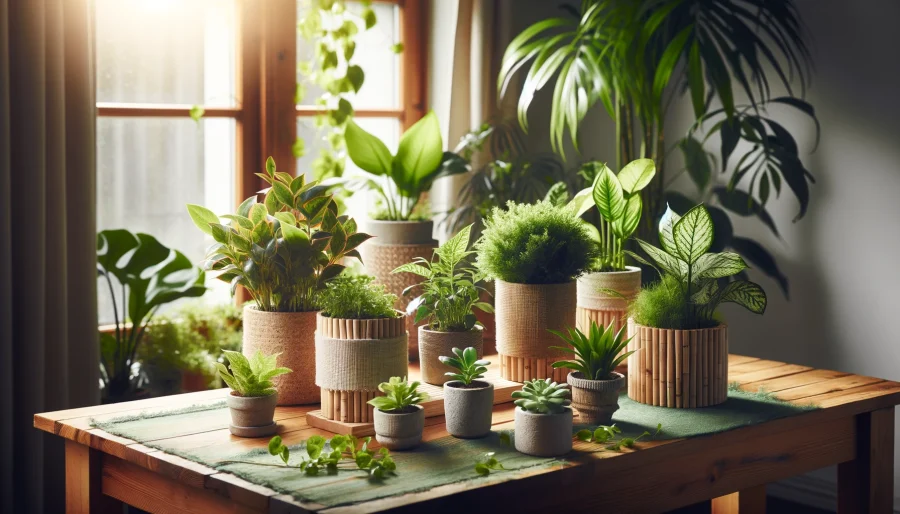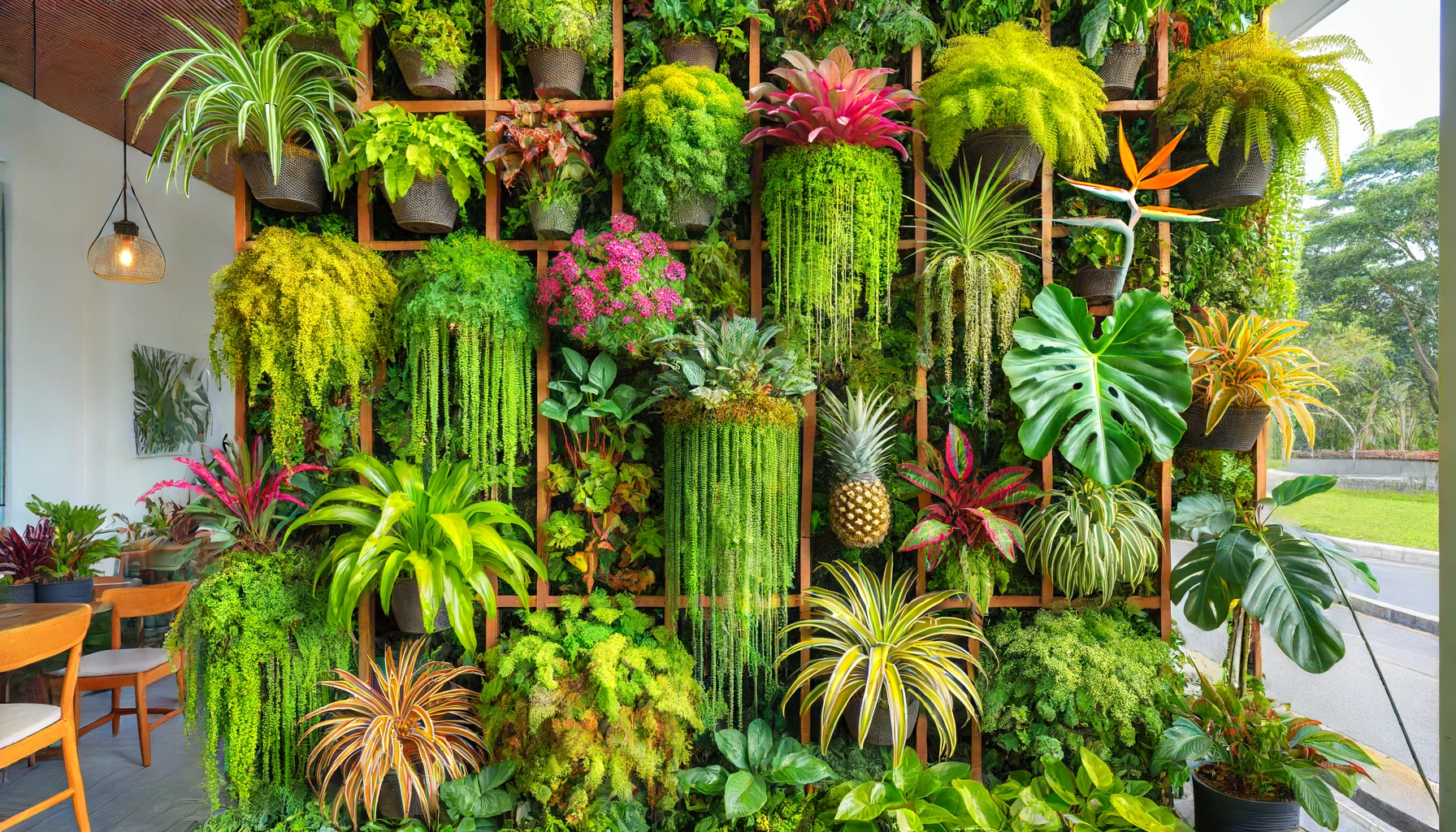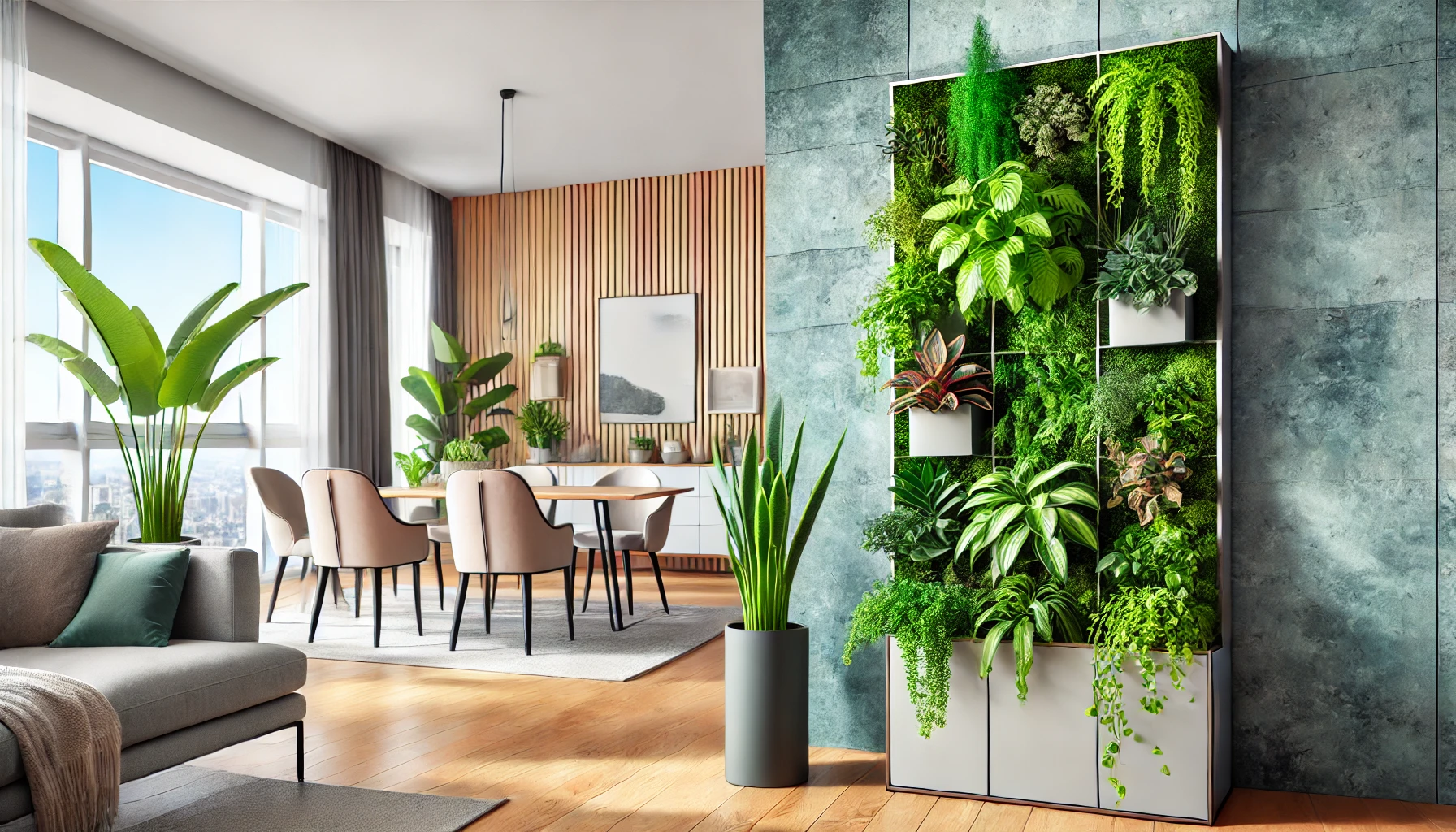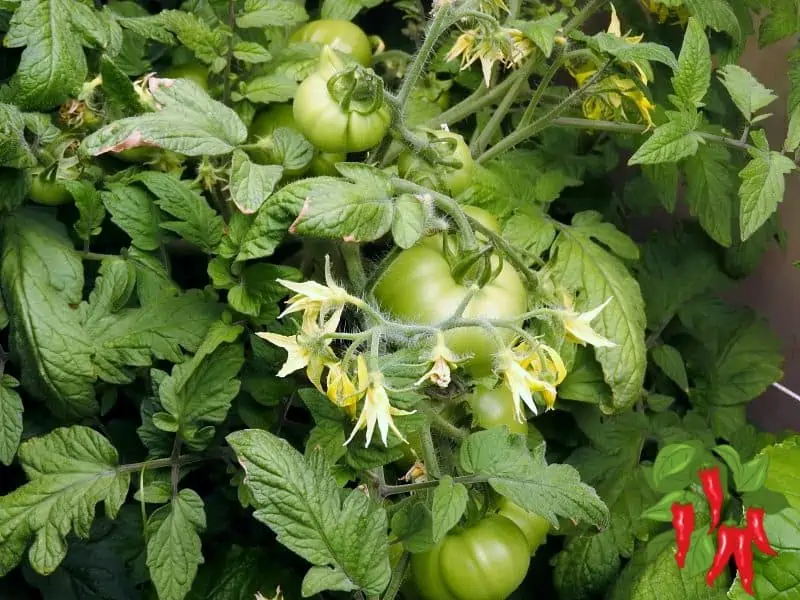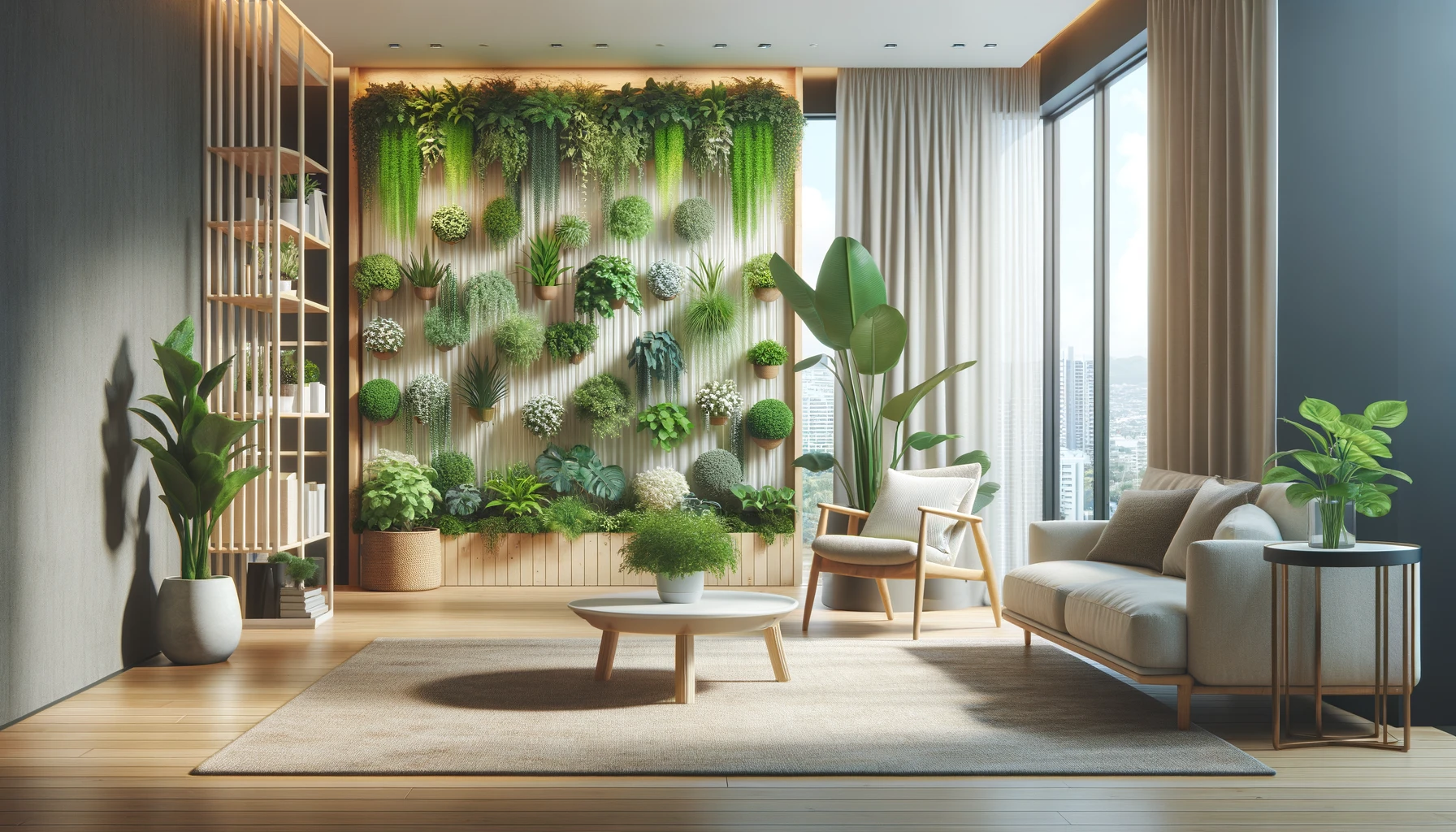This post may contain affiliate links. If you buy something from one of our links we may earn a commission. Thanks
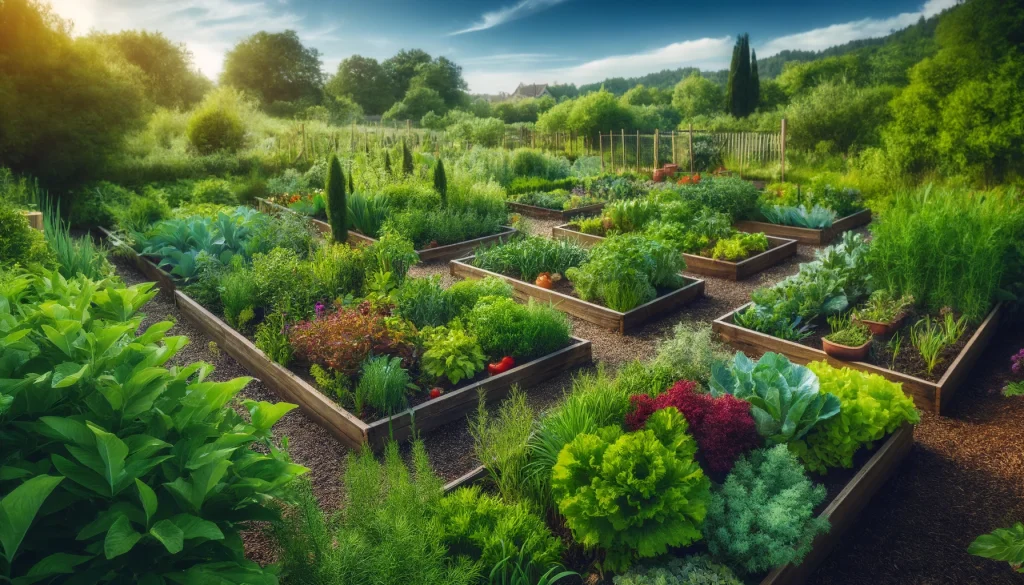
Howdy, everyone! Ever thought about how growing your own veggies can help the planet?
Getting sustainable food from gardening is not just a trend; it’s a fun, rewarding way to eat healthier and help our environment.
Stick around to learn how you can make a big difference with a little garden.
Sustainable Food Garden Benefits
Key Takeaways
- Sustainable food garden benefits include reducing carbon emissions, improving soil health, and providing fresher, healthier produce.
- It also promotes biodiversity and reduces the need for chemical fertilizers and pesticides.
- Sustainable gardening is a rewarding way to support the environment and enjoy nutritious food.
Sustainable Food from Gardening: The Complete Guide
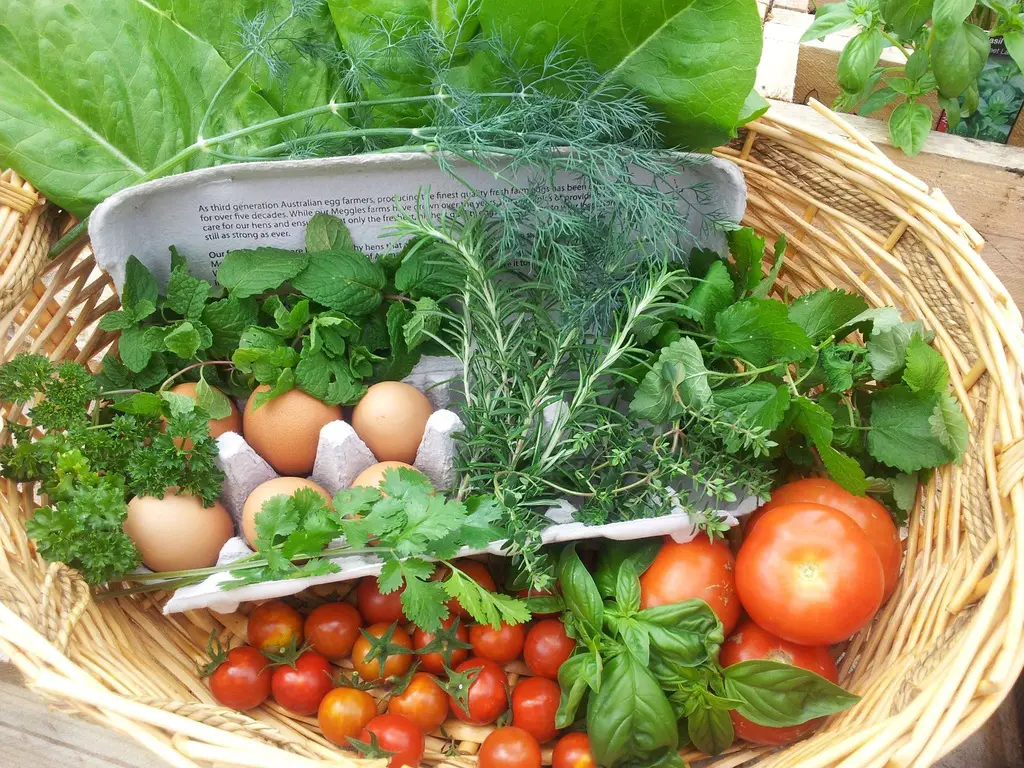
Hey folks! Let’s dive into how “sustainable food from gardening” can transform your life and the planet. It’s an easy, fun way to grow your own healthy food while giving Mother Earth a big hug.
What is Sustainable Gardening?
Sustainable gardening focuses on practices that are good for the environment and our health. It’s about growing plants in a way that maintains and improves the ecosystem.
“Sustainable” means to perpetuate existence as well as to provide sustenance and nourishment. The term is most often associated with the environment and specifically to landscapes and gardens. While growing plants and maintaining a garden are inherently “green” activities, sustainable gardening is about growing a greener future.
So what does it mean to garden sustainably? Sustainable gardening combines organic gardening practices with resource conservation. Generally, sustainable gardening:
- is forward-thinking
- values ecosystem support
- makes as little negative impact on the earth as possible
- works with nature instead of against it
https://ahsgardening.org/gardening-resources/sustainable-gardening/
Key Principles:
- No-Till Gardening: Keeps soil structure intact and prevents erosion.
- Composting: Turns organic waste into nutrient-rich soil.
- Native Plants: Use plants that thrive naturally in your area to reduce water and fertilizer needs.
Importance of Sustainable Food Production
Growing your own food sustainably isn’t just a hobby; it’s a lifestyle change that benefits both you and the environment.
Personal Health Benefits:
- Fresh Produce: Homegrown food is fresher and often more nutritious.
- Physical Activity: Gardening gets you moving and boosts mental health.
Environmental Benefits:
- Reduced Carbon Footprint: Less reliance on transported goods cuts down emissions.
- Biodiversity: Encourages a variety of plants and animals, enhancing local ecosystems.
Getting Started with Sustainable Gardening
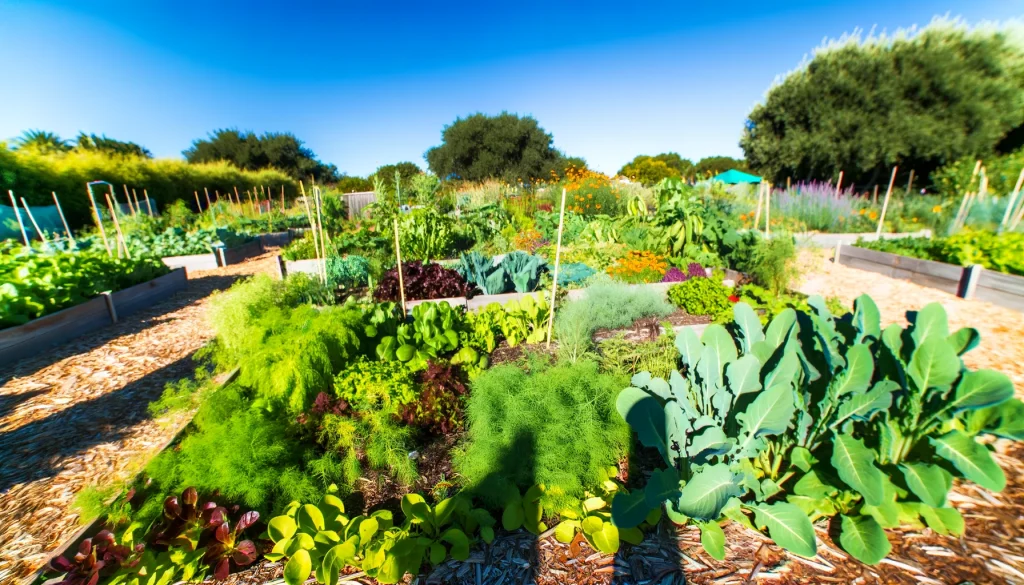
Ready to start your own sustainable garden? Here’s a quick guide to get you going.
1. Choosing the Right Spot:
- Sunlight: Make sure your plants get enough light.
- Water Access: Easy access to water is crucial.
2. Picking Your Plants:
- Go Native: Choose plants that naturally thrive in your region.
- Mix It Up: Diverse crops help keep your garden healthy.
3. Soil Health:
- No-Till: Preserve soil structure and health.
- Compost: Enrich your soil with homemade compost.
Water Conservation Techniques
Save water and keep your garden green with these tips.
- Drip Irrigation: Direct water to plant roots efficiently.
- Rain Barrels: Collect and use rainwater for your garden.
Sustainable Pest Management
Keep pests at bay without harming the environment.
- Companion Planting: Grow plants that help each other out.
- Natural Predators: Use beneficial insects to control pests.
Starting a sustainable garden is easier than you think and incredibly rewarding. Not only will you enjoy fresh, healthy food, but you’ll also be doing your part to protect our planet. Happy gardening, and remember, keep it green!
1. What is Sustainable Gardening?
Let’s talk about sustainable gardening. It’s all about growing plants in ways that benefit the environment and our health. Think of it as gardening with a green thumb and a big heart.
Definition and Principles of Sustainable Gardening
Sustainable gardening means using methods that don’t harm the environment. It focuses on preserving resources, improving soil health, and promoting biodiversity. Here are some key principles:
- No-Till Gardening: This method avoids disturbing the soil, helping to maintain its structure and prevent erosion.
- Composting: Turning kitchen scraps and yard waste into nutrient-rich compost boosts soil health and reduces waste.
- Native Plants: Growing plants that naturally thrive in your region minimizes the need for extra water and fertilizers.
- Water Conservation: Using efficient watering methods like drip irrigation to save water.
- Integrated Pest Management (IPM): Using natural predators and organic solutions to manage pests without harmful chemicals.
Differences Between Sustainable, Organic, and Traditional Gardening Practices
Understanding the differences can help you choose the best approach for your garden.
Sustainable Gardening:
- Focuses on long-term environmental health.
- Emphasizes resource conservation, biodiversity, and minimal chemical use.
- Practices include no-till gardening, using native plants, and water conservation.
Organic Gardening:
- Avoids synthetic chemicals and GMOs.
- Uses natural fertilizers and pest control methods.
- Certified organic gardens must meet strict guidelines set by certifying bodies.
Traditional Gardening:
- Often relies on synthetic fertilizers and pesticides.
- May involve practices that deplete soil and water resources.
- Focuses more on immediate results than long-term sustainability.
Sustainable gardening combines the best of both worlds, focusing on eco-friendly practices that keep our gardens and the planet healthy.
So, whether you’re planting tomatoes or tulips, remember that sustainable gardening is the way to go for a greener future.
Next up, let’s dive into the importance of sustainable food production for both personal and environmental health. Ready to grow green? Let’s do it!
2. Benefits of Sustainable Food Gardens
3. Starting a Sustainable Garden
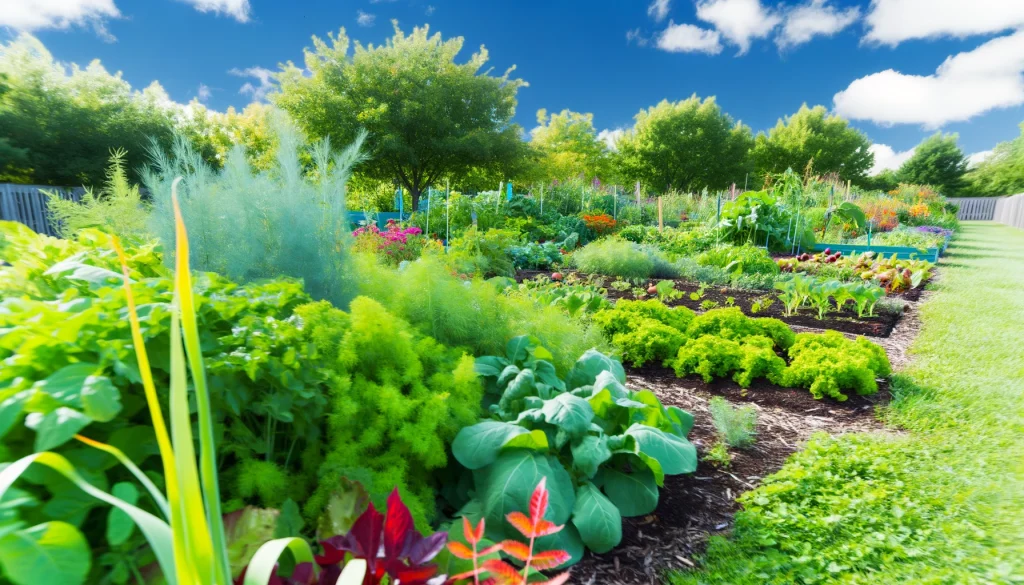
Howdy, gardening enthusiasts! Ready to jump into sustainable gardening? Here’s a simple guide to help you get started on the right foot.
Choosing the Right Location
Picking the perfect spot for your garden is the first step.
Sunlight: Make sure your plants get at least 6-8 hours of sunlight daily. Most veggies love the sun! Water Drainage: Good drainage is crucial. Avoid spots where water pools after rain. Wind Protection: Protect your garden from strong winds, which can dry out plants and soil.
Urban and Small Space Gardening Tips:
- Balcony Gardens: Use pots and vertical planters to maximize limited space.
- Window Boxes: Perfect for herbs and small vegetables.
- Rooftop Gardens: Great for city dwellers with access to a rooftop.
- Vertical Gardening: Saves space by growing up instead of out.
Selecting Eco-Friendly Plants
Choosing the right plants can make your garden more sustainable.
- Native Plants: These are well adapted to your local climate and need less water and care.
- Drought-Tolerant Plants: Save water by selecting plants that thrive with minimal watering.
- Crop Diversity: Planting a variety of crops helps keep your soil healthy and reduces pest problems.
- Companion Planting: Grow plants that benefit each other when planted together, like tomatoes and basil.
Soil Health
Healthy soil is the foundation of a sustainable garden.
- No-Till Gardening: This method keeps the soil structure intact, which is great for soil health and prevents erosion.
- Composting: Turn your kitchen scraps and yard waste into nutrient-rich compost to feed your plants.
- Natural Fertilizers: Use organic materials to enrich your soil without chemicals.
- Cover Crops: Plant cover crops like clover or rye during the off-season to add nutrients to the soil and prevent erosion.
Starting a sustainable garden is easier than you might think. With a little planning and these tips, you’ll be well on your way to growing a garden that’s good for you and the planet.
Next up, we’ll dive into water conservation techniques to keep your garden green and eco-friendly. Ready to dig in? Let’s go!
4. Water Conservation Techniques
Hey folks! Saving water is a big part of sustainable gardening. Here are some smart techniques to keep your garden green while being kind to the planet.
Efficient Irrigation
Using water wisely is key. Here’s how:
Installing Drip Irrigation Systems: These systems deliver water directly to the roots of your plants, reducing water waste. They’re easy to install and can be customized to fit your garden layout.
Using Rain Barrels and Gray Water Systems: Collecting rainwater in barrels is an excellent way to save water. You can use this water for your garden during dry spells. Gray water systems recycle water from sinks and showers, providing an additional water source for your plants.
Xeriscaping
Xeriscaping is all about using drought-resistant plants to create a beautiful, low-water garden.
Landscaping with Drought-Resistant Plants: Choose plants that naturally require less water.
Succulents, native grasses, and certain perennials are great options. These plants are water-efficient and add unique beauty to your garden.
By implementing these water-saving techniques, you can create a lush, thriving garden without wasting precious resources.
Next, let’s explore sustainable pest management to keep your garden healthy and pest-free. Ready to grow green? Let’s do it!
5. Sustainable Pest Management
Howdy, folks! Reducing waste in the garden is a fantastic way to keep things green and sustainable.
Here’s how you can make the most of your garden scraps and household items.
Composting
How to Start and Maintain a Compost Pile:
Starting a compost pile is easier than you think. Choose a spot in your yard or get a compost bin.
Add a mix of green materials (like vegetable scraps and grass clippings) and brown materials (like dried leaves and cardboard).
Turn the pile regularly to aerate it and speed up decomposition. Keep it moist but not too wet.
Benefits of Composting for Soil Health and Waste Reduction:
Composting not only reduces the amount of waste going to landfills but also creates nutrient-rich compost that boosts soil health.
It improves soil structure, retains moisture, and provides essential nutrients to plants. Plus, it’s a great way to recycle kitchen and garden waste.
Recycling and Reusing Materials
Creative Ideas for Repurposing Household Items as Garden Tools and Planters:
- Newspaper Seedling Pots: Roll up newspaper to make biodegradable pots for seedlings.
- Old Containers: Use old bowls, buckets, and even broken furniture as quirky planters.
- Chicken Wire: Repurpose old chicken wire as a trellis for climbing plants.
Participating in Local Plant/Produce Swaps:
Joining local plant or produce swaps is a great way to reduce waste and get new plants or produce.
These swaps allow you to exchange surplus garden items with others in your community, promoting sustainability and variety in your garden.
By incorporating these waste reduction techniques, you’ll make your garden more sustainable and eco-friendly.
Next up, let’s talk about advanced sustainable gardening practices to take your garden to the next level. Ready to keep growing green? Let’s do it!
7. Advanced Sustainable Gardening Practices
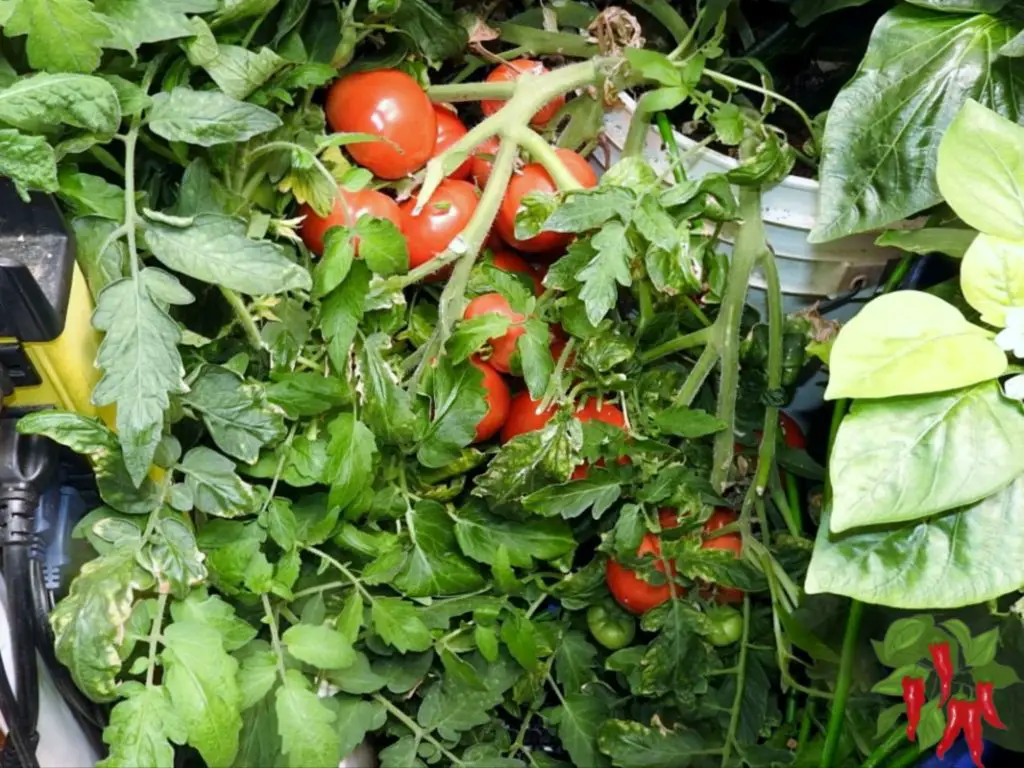
Howdy, garden gurus! Ready to take your gardening to the next level? Let’s dive into some advanced sustainable practices that will make your garden more productive and eco-friendly.
Vertical Gardening
Benefits of Vertical Gardens for Small Spaces: Vertical gardening is a fantastic way to maximize limited space, especially in urban settings.
By growing plants upwards, you can fit more greenery into smaller areas, making it perfect for balconies, patios, and small backyards.
It also improves air circulation around plants, which can reduce the risk of diseases.
How to Set Up and Maintain a Vertical Garden:
- Choose a Structure: You can use trellises, shelves, hanging pots, or even DIY setups made from recycled materials like old pallets.
- Select Suitable Plants: Opt for plants that naturally grow upwards, like peas, beans, tomatoes, and certain herbs.
- Install a Drip Irrigation System: This ensures that all plants get adequate water without wastage.
- Maintenance Tips: Regularly prune and train your plants to grow upwards. Ensure they get enough light and nutrients.
Permaculture Principles
Designing Gardens that Mimic Natural Ecosystems: Permaculture involves creating gardens that work in harmony with nature.
This method uses natural patterns and principles to create a self-sustaining ecosystem.
Key elements include using perennial plants, building healthy soil, and conserving water.
Integrating Animals, Water Management, and Perennial Plants:
- Animals: Incorporate animals like chickens or ducks into your garden. They can help with pest control and provide manure for composting.
- Water Management: Use swales, rain gardens, and other water-conserving techniques to manage water efficiently. These methods help capture and retain water, reducing the need for irrigation.
- Perennial Plants: Plant perennials like fruit trees, berry bushes, and perennial vegetables. They provide long-term yields with less maintenance compared to annuals.
By adopting these advanced sustainable gardening practices, you’ll create a more resilient and productive garden that works with nature, not against it.
Next, we’ll wrap things up with a conclusion to bring all these wonderful ideas together. Ready to keep your green thumb growing? Let’s go!
Conclusion
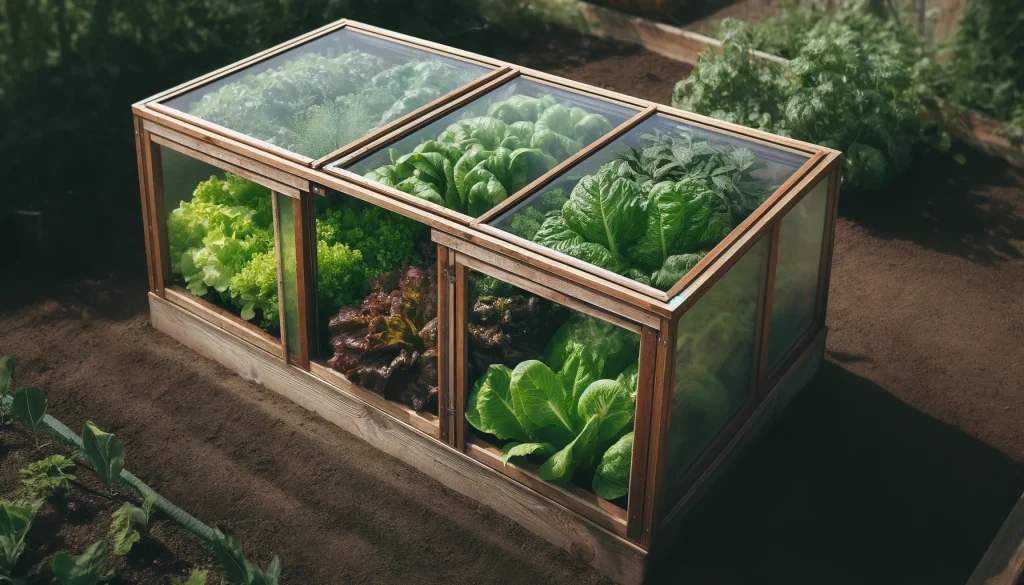
Hey there, gardening friends! We’ve covered a lot of ground on sustainable food gardening. Let’s recap the key benefits and practices, and give you some encouragement to start your own green journey.
Recap of Key Benefits and Practices
Environmental Benefits:
- Reduces carbon emissions by minimizing transportation and chemical usage.
- Promotes biodiversity and soil health through no-till gardening and composting.
- Conserves water with drip irrigation and xeriscaping techniques.
Health Benefits:
- Provides fresher, nutrient-rich produce.
- Reduces exposure to pesticides and synthetic fertilizers.
- Encourages physical activity and mental well-being.
Community Benefits:
- Enhances food security and reduces dependency on commercial food supply.
- Builds community through shared gardening projects and institutional gardens.
- Educates about sustainable practices and healthy eating.
Key Practices:
- Choosing the Right Location: Ensure good sunlight, water drainage, and wind protection.
- Selecting Eco-Friendly Plants: Use native and drought-tolerant plants, practice crop diversity, and companion planting.
- Soil Health: Adopt no-till gardening, composting, and use natural fertilizers and cover crops.
- Water Conservation Techniques: Implement drip irrigation, use rain barrels, and practice xeriscaping.
- Sustainable Pest Management: Use companion planting, beneficial insects, and organic pesticides.
- Waste Reduction: Start composting and repurpose household items.
- Advanced Practices: Try vertical gardening and incorporate permaculture principles.
Start Small and Grow Sustainably
Starting a sustainable garden might seem overwhelming, but remember, every little step makes a difference.
Begin with a few plants or a small raised bed. As you gain confidence, expand your garden and incorporate more sustainable practices.
Gardening is a journey, and there’s always something new to learn. So grab your gloves, get your hands dirty, and enjoy the rewarding experience of growing your own food sustainably.
Keep it green, and happy gardening!
Key Takeaways
- Sustainable gardening is good for the environment, your health, and the community.
- Start with simple steps and gradually incorporate more sustainable practices.
- Enjoy the journey and the fresh, healthy produce from your own garden.
Remember, every small effort contributes to a greener planet. Ready to get started? Let’s grow sustainably together!
Read more: 6 Benefits of Gardening: Gardening’s Big Payoffs
FAQs on Sustainable Gardening
Howdy, gardeners! Let’s dive into some frequently asked questions about sustainable gardening.
Whether you’re just starting out or looking to improve your garden, these answers will help you understand the benefits and basics of sustainable gardening.
Q: What are the benefits of sustainable gardens?
A: Sustainable gardens offer environmental, health, and community benefits. They reduce carbon emissions, provide better nutrition through fresher produce, and increase food security by enabling local food production.
Q: How do I start a sustainable garden at home?
A: Begin by choosing a suitable location with good sunlight and drainage. Select native and drought-tolerant plants, and implement water-saving techniques like drip irrigation. These steps will help you create a sustainable garden that’s easy to maintain.
Q: Why is sustainable gardening important?
A: Sustainable gardening is crucial because it helps protect the environment, conserves resources, and provides healthier food options. It’s a way to grow food that supports the planet and promotes long-term ecological balance.
Q: What plants are best for a sustainable garden?
A: The best plants for a sustainable garden are native species and drought-tolerant plants. Additionally, incorporating a variety of crops can promote biodiversity and soil health, making your garden more resilient and productive.
Q: How does sustainable gardening reduce waste?
A: Sustainable gardening reduces waste by composting organic materials and reusing household items. Composting turns kitchen scraps into nutrient-rich soil, while repurposing items like containers and tools minimizes landfill contributions and supports a closed-loop system.
There you have it, folks! Sustainable gardening is a rewarding and eco-friendly way to grow your own food. If you have more questions or need further tips, don’t hesitate to reach out. Keep it green, and happy gardening!
Resources for Sustainable Gardening
Hey there, green thumbs! To help you on your sustainable gardening journey, here are some fantastic resources packed with tips, guides, and expert advice.
These authoritative sites will provide you with all the information you need to grow a thriving, eco-friendly garden.
- American Horticultural Society: Sustainable Gardening
- This site offers comprehensive resources on sustainable gardening practices, including soil health, water conservation, and plant selection. Visit AHS Sustainable Gardening
- National Gardening Association
- A great resource for beginners and experienced gardeners alike, offering articles, guides, and a community forum for all your gardening questions. Visit National Gardening Association
- Rodale Institute
- Known for its pioneering work in organic farming and gardening, the Rodale Institute provides valuable insights into sustainable practices and organic gardening techniques. Visit Rodale Institute
- USDA National Agricultural Library: Sustainable Agriculture
- This resource offers a wealth of information on sustainable agriculture practices, including gardening tips, research publications, and educational materials. Visit USDA National Agricultural Library
- Garden Organic
- Focused on organic gardening, this site provides practical advice, research updates, and community projects aimed at promoting sustainable gardening. Visit Garden Organic
- Permaculture Research Institute
- Dive into permaculture with this resource, which covers everything from basic principles to advanced techniques for creating self-sustaining ecosystems in your garden. Visit Permaculture Research Institute
By exploring these resources, you’ll gain a deeper understanding of sustainable gardening practices and how to implement them in your own garden. Happy gardening, and remember to keep it green!

